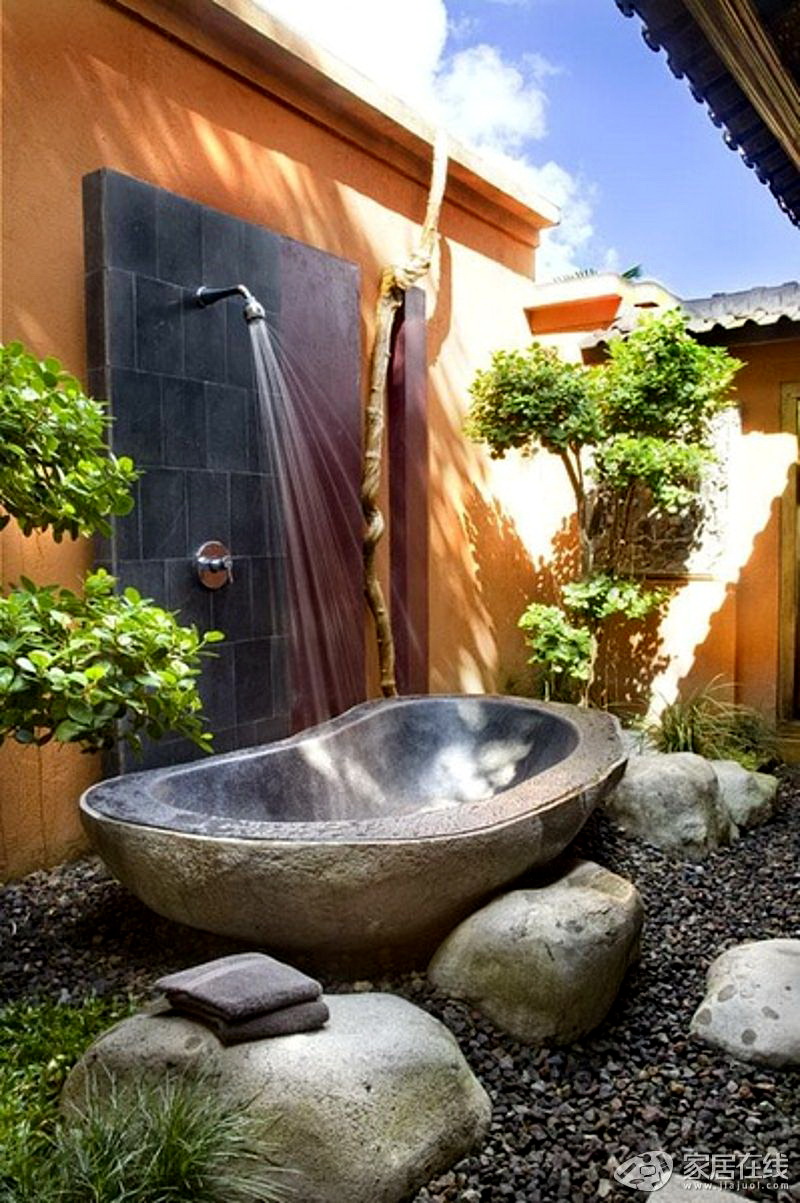Table of Content
Properly soaked rice is just slightly less than crunchy and breaks up easily, but is not squishy. Rice and koji are the basic ingredients for sake, an alcoholic beverage in Japan. To make sake, you must have the necessary ingredients and equipment. Because of its distinctive aroma and flavor, jasmine rice is an excellent choice for sake.
Cover the container and store it in the refrigerator overnight. It is critical to incorporate pathogen protection into the step-by-step process. In Japan, there has traditionally been only brewing sake during the winter months. Before using rice to make sake, it must be cooked to gelatinize its starch.
How To Make Sake From Rice
As an added precaution, I usually dose the receiving bucket with a blanket of CO2, and try to limit splashing the wine as much as possible. The sake will be milky white, and there may be solids suspended in it that will eventually clog your transfer hose. That is normal; your nylon mesh bag will catch the solids.

Two types of sake that are often heated include junmai and honjozo. The moto provides a detailed explanation of the steps involved in making sake. This book is a must-read for anyone interested in learning more about this traditional Japanese drink. This recipe can be made with only two ingredients and a glass container. By mastering this easy home-brewing technique, you can start making sake at home for later use, or you can make sweet boozy syrup to enjoy after dinner.
A Brief History of Sake
Hot sake, on the other hand, is ideal to serve alongside warmer dishes, like hot pot, or foods made with a large amount of oil or fat. It’s worth noting that in terms of homebrew sake, including koji, the average weight is approximately 12.5 pounds. The 70% milling rice contains 20.83 pounds of brown rice. We should be able to produce 20.83 lbs of brown rice using our 65% press efficiency, resulting in 2 gallons of genshu sake and 20.64 gallons of standard sake. Unopened sake can be stored safely in the pantry, and it does not require refrigeration. When sake is stored at room temperature, it can go stale and weaken greatly.
When 1 pound of rice is used to make 1.2 pounds of genshu sake, the weight of the rice equals 1.2 pounds. A full-strength sake is one that contains between 18 and 20% alcohol per volume. In most sake, water is added to lower the alcohol content to 16%. It also means that there are 19 fluid ounces of alcohol per serving, 18% alcohol, and a total of 34 fluid ounces of alcohol per serving.
Can You Mix Sake With Sprite?
This also keeps total acidity lower, and avoids the heavy reliance on pasteurization . It means you have to sanitize everything that comes in contact with your sake, just as you would when making beer. Sake is a Japanese rice wine that is traditionally served neat in small cups. Sake cocktails are usually refreshing and light, and they can be made with a variety of ingredients. Some common sake cocktails include the Saketini, which is made with sake and gin, and the Sake Bomb, which is made with sake and beer. Steamed rice, water, and yeast are added to a portion of the koji to make the starter mash.
You can observe the odori or “dancing ferment,” which is sake’s version of the high kräusen that homebrewers are familiar with. When a small amount of rice used to make sake is incubated with the spores of a highly specific type of mold called Aspergillus oryzae, the result is sake. This mold produces a variety of amylase enzymes, which are the enzymes required to break down our rice starches and allow yeast to thrive. There are a few gadgets that can make sake making easier. A rice cooker is a great way to cook the rice without having to watch it carefully. A pressure cooker can also be used to speed up the fermentation process.
This is the unique characteristic of Sake making called ‘Multiple Parallel Fermentation‘ . This process explains why Sake has the world’s highest alcohol content among brewed beverages. The fermentation process takes around 3-4 weeks, yielding an alcohol content of around 17%–20%. Place the rinsed rice in a large bowl and add enough cold water to cover by about three inches. Place this in the refrigerator to soak for 8 to 12 hours, overnight is fine. During this time the rice will soak up the water that will actually cook it during steaming, so it’s important to get the right amount of water into the grain.

As you can see, making sake is a long and relatively complex process. We recommend doing a practice batch to ensure you don’t miss any steps. From there, you can refine your techniques and make notes of any tips or tricks to help it along. But, while you might enjoy a cup of hot or cold sake, can you make your own at home?
Therefore, especially in case of premium Sake like Ginjo and Daiginjo, a stopwatch is used to determine the soaking time to the second. You should now have about three gallons of milky white nigorizake with an alcohol content somewhere between 18% and 22% by volume. Put stoppers and airlocks on the secondary fermenters and keep them at 50 °F (10 °C) so they can finish fermenting. As the fermentation nears its close, it wouldn’t be a bad idea to keep an eye on the specific gravity.

Once cooled, the rice is inoculated with a yeast culture and then left to ferment. After fermentation is complete, the sake is then pressed and bottled. From here, your only task will be to stir the main ferment every 12 hours for the first two days of fermentation. Keep the temperature set to 45° F (7° C) or as near as you can manage. Make sure your sanitized brew spoon is long enough to reach all the way to the bottom of the fermenter.
However, you can still make very good sake with table rice. I’ve had the best luck with California short-grain rice and rice specifically grown for sushi. Kukoho Rose makes good sake, and it will ferment out to above 20% ABV. I’ve found that sourcing this rice through a big-box store like Costco can make sake-making very cost effective. Sebastien Bureau’s apartment is a treasure trove of fermenting wonders. While we prepare to make koji – aka the first step to make saké – he offers me a home-brined olive and a jar of honey from his bees.


No comments:
Post a Comment